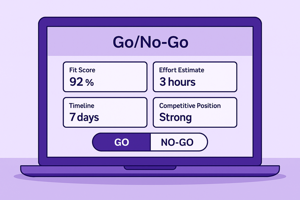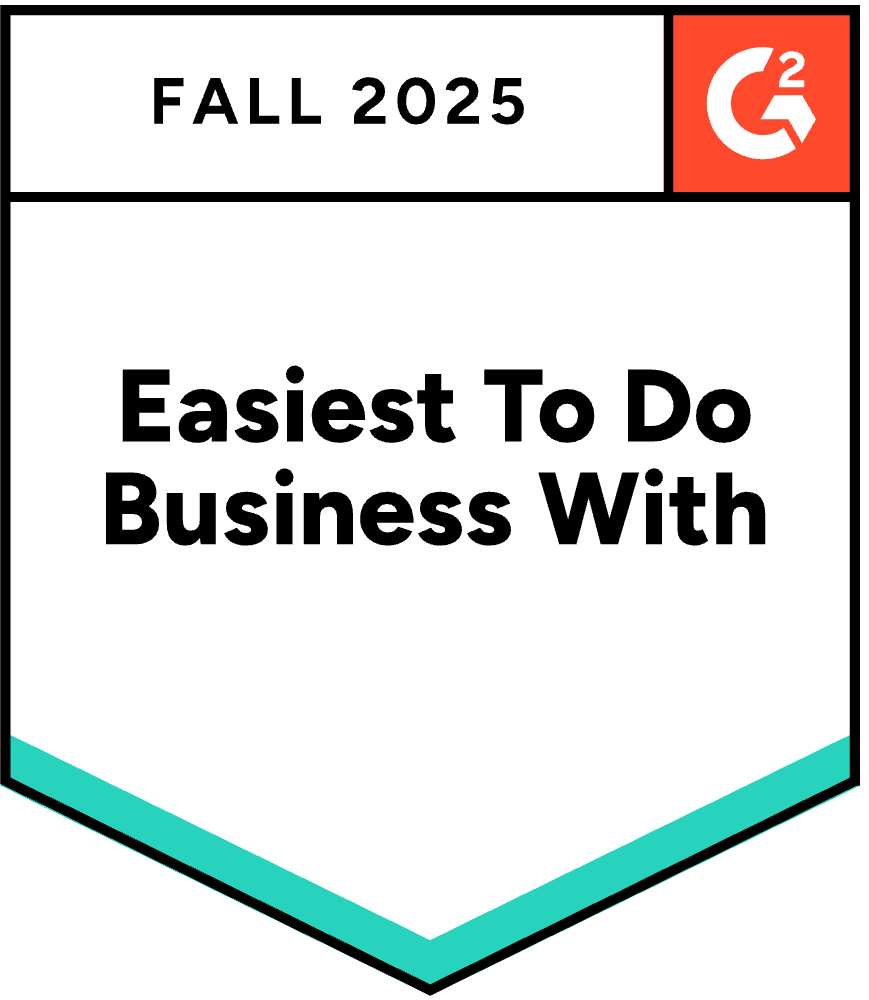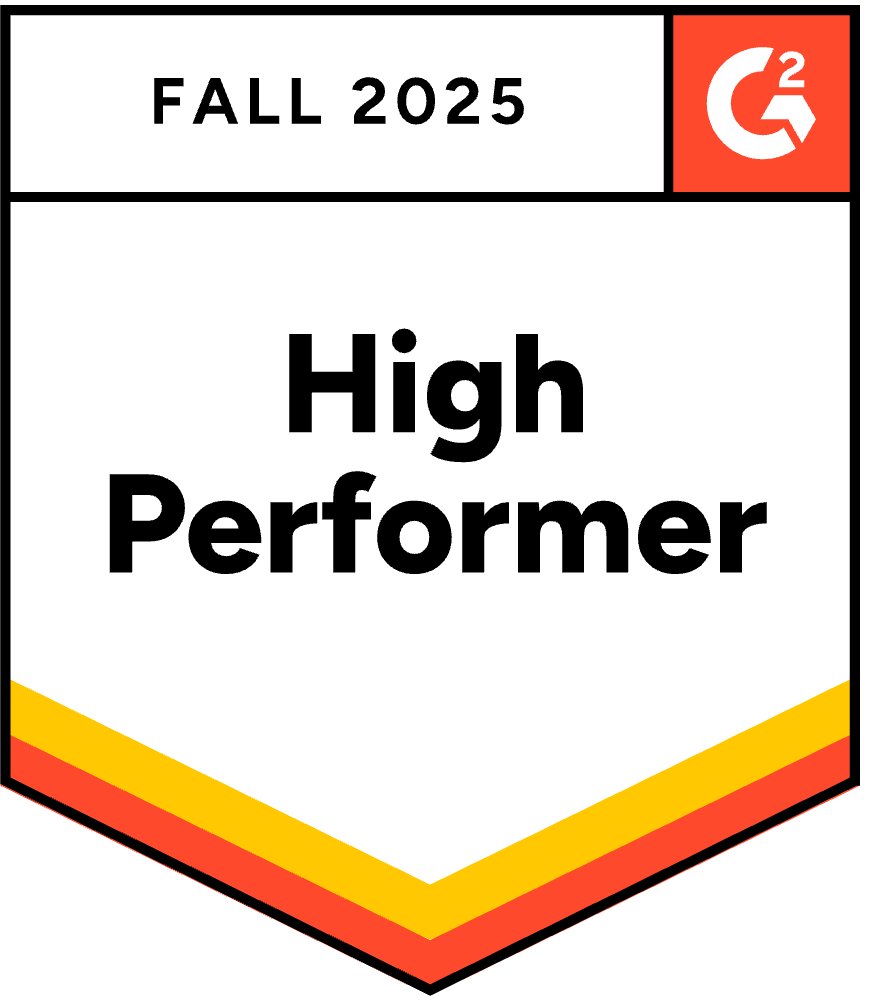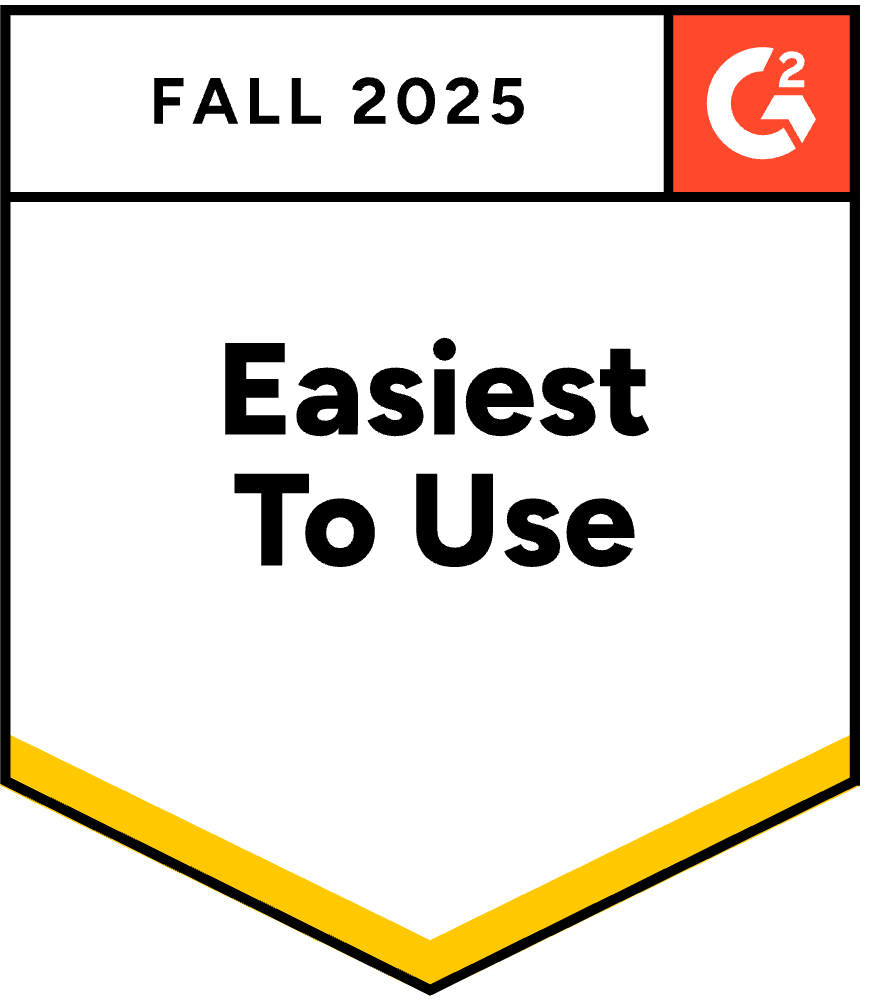The Ultimate Guide to RFP Go/No-Go Decisions
February 20, 2025
By
Evie Secilmis

Mastering the Go/No-Go Decision in RFPs
The secret to a higher win rate isn't just writing better proposals. It's about getting better at saying "no." Every proposal starts with a critical choice: the RFP go no go decision. Get this wrong, and you're wasting valuable resources on a losing battle. Get it right, and you focus your team's talent only on the deals you can win. As proposal expert Sagee Moyal often says, this initial filter is everything. We'll break down how to build a smart 'rfp go no go' framework, and even see how an 'ai go no go decision' can make you faster and more accurate.
What is an RFP Go/No-Go Decision?
The Go/No-Go decision is an essential step in the RFP response automation process. Before diving into an extensive proposal effort, organizations must assess whether an RFP aligns with their strengths, objectives, and resources. This strategic evaluation not only improves efficiency but also increases the likelihood of securing a winning bid.
The Importance of a Go/No-Go Process
It might feel counterintuitive to turn down a potential opportunity, but chasing every single RFP is a fast track to draining your resources and burning out your team. A formal Go/No-Go process isn't about being pessimistic; it's about being strategic. It provides a structured framework to evaluate each opportunity against a set of predefined criteria, ensuring you only invest your team's valuable time and energy on bids you have a real chance of winning. This deliberate approach shifts your team from a reactive, "must-respond-to-everything" mindset to a proactive one focused on high-quality, winnable proposals. It’s the critical first step that ensures every subsequent effort is a calculated move toward a win, not just another task to check off.
Avoid Likely Losses, Not Just Chase Wins
Responding to every RFP that lands in your inbox is a surefire way to stretch your team thin and lower your overall success rate. The goal isn't just to submit proposals; it's to win deals. A smart Go/No-Go decision process helps you filter out the long shots and mismatches from the start. By critically evaluating if you can meet all the requirements, offer a competitive price, and truly solve the client's core problem, you can gracefully bow out of unwinnable races. This discipline saves an incredible amount of time, money, and effort, freeing your team to focus their A-game on the opportunities that truly align with your strengths and strategic objectives.
Reduce Risk and Improve Planning
Think of a Go/No-Go framework as your first line of defense against taking on risky or unprofitable projects. It forces you to pause and ask the tough questions before committing any significant resources. Is the scope clear and reasonable? Do we have the right expertise and bandwidth to deliver exceptional work? Is the client a good long-term partner for our business? Sometimes, the most strategic move you can make is saying "no" to an opportunity that doesn't fit. This planned approach to project selection allows you to allocate your team's time and budget more effectively, reserving your best efforts for bids that promise a healthy return and a strong client relationship.
Prevent Team Burnout and Increase Efficiency
Nothing demoralizes a team faster than pouring countless hours into a proposal they never had a realistic chance of winning. Without a clear process for qualifying bids, your team is left scrambling to meet deadlines for opportunities that aren't a good fit, which inevitably leads to stress and burnout. Implementing a Go/No-Go checklist ensures that every pursuit is a conscious choice, not an automatic reaction. Making better bid decisions immediately improves your team's efficiency and morale. When your team knows they are working on well-vetted opportunities, their engagement and the quality of their work naturally follow, which in turn helps improve your win rate.
Are You Asking the Right Go/No-Go Questions?
A successful Go/No-Go decision should be guided by clear and objective scoring criteria that assess multiple factors, including:
- Client Fit: Does the opportunity align with your ideal customer profile?
- Competitive Positioning: Can your company uniquely solve the problem outlined in the RFP?
- Internal Resources: Do you have the necessary bandwidth to craft a high-quality response?
- Strategic Value: Does winning this deal align with long-term business goals?
- Historical Performance: How have you fared in similar opportunities in the past?
By leveraging RFP response automation software, such as Iris, companies can streamline these evaluations, ensuring data-driven decision-making and reducing the manual effort involved in assessing each RFP.
Questions About the Competition and the RFP
Before you write a single word, it’s time to play detective. Read the RFP carefully and look for clues that it might be wired for a competitor. Does the language describe a process or feature that is highly specific to another company's solution? If the proposal feels like it was written with someone else in mind, your chances of winning are already slim. Another major red flag is the presence of a strong incumbent—the company currently doing the work. According to Utley Strategies, incumbents win new contracts between 60% and 90% of the time. If you’re up against an established provider, you need a truly compelling reason to believe you can unseat them before investing your resources.
Questions About the Client and Your Relationship
In the world of sales, relationships are everything. Ask your team honestly: do we have a good relationship with this potential customer? If you don't know them well or have never spoken to them before the RFP was issued, you might just be filling a column in their spreadsheet to satisfy procurement rules. A lack of prior engagement often means they are just gathering information or fulfilling a requirement to get multiple bids. It’s also critical to find out if they are happy with their current provider. If the client isn’t actively looking for a change, the RFP could be a mere formality, and your detailed proposal will likely be set aside. Pursue opportunities where you have a real connection and can solve a genuine pain point.
Questions About Financials and Resources
A "yes" on the opportunity has to be followed by a "yes" on the logistics. First, consider the money. Is there a stated budget, and does it align with your pricing? If the client can't afford your solution, you’re wasting everyone’s time. Next, look inward. Will winning this project drain your company's resources or require you to hire a whole new team? A win that sinks the ship isn't a win at all. Finally, assess if the project truly fits your company's strengths. You should only pursue projects where you have a clear advantage and can showcase strong case studies or references. Using a centralized knowledge base, like the one in the Iris platform, makes it easy to see if you have the proven content to back up your bid, ensuring you always lead with your best foot forward.
Can AI Improve Your Go/No-Go Decision?
Modern AI-native RFP automation solutions provide actionable insights by analyzing historical data, evaluating past win/loss trends, and integrating with project management tools. These capabilities enable teams to make informed choices faster and more effectively. With real-time analytics and collaboration tools, organizations can improve leadership alignment and communication throughout the proposal process.
Simple Tips for a Better RFP Go/No-Go Decision
- Define Clear Roles & Responsibilities – Assign key stakeholders in sales engineering, solutions engineering, and proposal management to evaluate RFPs.
- Use Automation & AI – Leverage technology to analyze RFP requirements and compare them against previous wins and losses.
- Standardize the Scoring Criteria – Develop a repeatable evaluation framework that ensures consistency in decision-making.
- Document Decision Rationale – Keep records of why an RFP was pursued or declined to refine future Go/No-Go strategies.
- Continuously Improve the Process – Use post-decision feedback to enhance your approach over time.
Frameworks for Making a Clear Decision
Having a structured framework is like having a reliable map for your decision-making journey. It removes the guesswork and ensures everyone on your team is evaluating opportunities from the same perspective. Instead of starting from scratch with every new RFP, you can apply a consistent, repeatable process that gets you to the right answer, faster. This not only saves time but also builds a data-backed foundation for your proposal strategy, helping you learn from every decision, whether it’s a “go” or a “no-go.” A solid framework empowers your team to act confidently and strategically, focusing their energy on the bids that truly matter.
The Tiered Approach: Basic, Intermediate, and Advanced
Not all RFPs are created equal, so your evaluation process shouldn't be one-size-fits-all. A tiered approach allows you to match the intensity of your review to the complexity of the opportunity. For straightforward bids, a basic framework with a few core questions might be enough. An intermediate approach could involve a true/false checklist to quickly score the RFP against your key criteria. For high-stakes, complex proposals, an advanced decision matrix is best. This method assigns weights to different factors—like client fit, strategic value, and resource availability—to generate a clear, objective score. This ensures you invest your most intensive efforts where they have the greatest chance of paying off.
A Five-Step Decision-Making Process
To make your framework actionable, break it down into a clear, five-step process. First, perform an initial screening to quickly weed out any RFPs that are obvious misfits. Next, conduct a detailed assessment using your chosen method, whether it's a simple checklist or a comprehensive scoring matrix. Third, bring in key stakeholders for a collaborative review to gather diverse perspectives. Fourth, make the final Go/No-Go decision based on the data and team input. Finally, document the outcome and the rationale behind it. This last step is crucial for refining your strategy over time and helps you build a knowledge base for future decisions.
Common Mistakes to Avoid
Even with a solid framework, certain pitfalls can derail your Go/No-Go process. Being aware of these common mistakes is the first step toward avoiding them. Many teams fall into the trap of letting emotion or incomplete information guide their choices, leading to wasted resources and team burnout. Chasing the wrong opportunities not only hurts your win rate but also pulls your focus from the deals you’re perfectly positioned to win. By recognizing these potential missteps, you can create a more disciplined and effective proposal strategy that protects your team’s time and morale while improving your bottom line.
Relying on Gut Feelings Instead of Data
While intuition has its place, it shouldn’t be the driving force behind your Go/No-Go decisions. Gut feelings are often influenced by personal biases and can overlook critical data points. Instead of relying on what you *feel*, ground your choices in facts and objective scores. This is where technology can be a game-changer. AI-powered tools can analyze historical performance, identify patterns in past wins and losses, and present you with the data needed to make an informed choice. Using a platform like Iris helps ensure your decisions are based on concrete evidence, not just a hunch, turning subjective guesses into strategic certainties.
Focusing Only on Price
It’s easy to get dazzled by a large contract value, but focusing solely on the price tag is a classic mistake. A lucrative deal might come with razor-thin margins, a massive drain on your resources, or significant long-term risks. A thorough evaluation looks beyond the bid price to consider the total cost of pursuit and delivery. Think about the strategic value: Does this project align with your long-term goals? Will it open doors to new markets? Or will it pull your team away from more strategic work? A holistic view is essential for understanding the true value of an opportunity and ensuring it’s a win for the entire business, not just the sales column.
Ignoring Red Flags and Internal Politics
Sometimes, the warning signs are there, but "deal fever" or internal pressure causes teams to ignore them. Don't push forward if you spot major problems early on, such as an unclear scope, an unrealistic timeline, or a poor relationship with the potential client. It’s also important to be wary of internal politics driving a "go" decision that isn't supported by data. The best proposal processes foster a culture where team members feel empowered to raise concerns and say "no" to a bad-fit opportunity. A strategic "no" is often more valuable than a resource-draining "yes," as it frees your team to pursue deals they can actually win.
How Saying 'No' Strategically Helps You Win More
Not every RFP is worth the effort, and making strategic Go/No-Go decisions is key to maintaining a high win rate. By integrating automation and AI-powered analytics, companies can enhance their efficiency, focus on high-impact opportunities, and drive better outcomes.
For best-in-class RFP automation, look no further than Iris. Get started today:https://heyiris.ai/contact-us.
What to Do After the Decision is Made
Your work isn’t over once you’ve made the call. The steps you take immediately after a Go/No-Go decision are just as important as the evaluation itself. Following a clear post-decision process maintains professionalism, manages team expectations, and preserves important client relationships, regardless of whether you choose to bid. Think of it as setting the stage for either a successful proposal effort or a strategic withdrawal that keeps future doors open. How you handle the outcome communicates a lot about your organization, so it’s essential to get it right every time.
Actions for a "Go" Decision
Once your team commits to pursuing an RFP, the first move is to signal your commitment to the buyer. Sending a formal "letter of intent to bid" is a great way to do this. While not always required, it’s a professional gesture that shows you’re serious about the opportunity. After that, it’s time to execute your plan. This is where a structured process becomes critical. Your team should immediately begin developing the proposal, leveraging your most successful content and strategies from past wins. Using an AI deal desk solution can make this much smoother by centralizing approved content and automating the initial draft, freeing your team to focus on tailoring a high-impact response.
Actions for a "No-Go" Decision
Deciding not to bid is a strategic business decision, and it should be communicated with the same level of professionalism as a "go." The best practice is to send a "no-bid letter" to the buyer. Keep it concise and positive. You don’t need to go into exhaustive detail; simply state that the opportunity doesn't align with your current business focus and that you’d like to be considered for future projects. This simple act of courtesy goes a long way in maintaining a good relationship with the client. Declining one RFP doesn’t mean you’re closing the door forever. A respectful "no" shows that you value both their time and your own, which can strengthen your reputation for future collaborations.
Frequently Asked Questions
Isn't it risky to turn down potential revenue by saying 'no' to an RFP? It might feel that way, but the bigger risk is wasting your team's time and energy on a proposal you have little chance of winning. Think of it as an investment strategy. A smart Go/No-Go process ensures you only invest your most valuable resource—your team's talent—in opportunities with the highest probability of a return. Chasing everything is a fast track to burnout and a lower overall win rate.
My team is small. How can we create a Go/No-Go process without it becoming a huge administrative burden? You don't need a complex, multi-day evaluation for every single RFP. Start simple. Create a basic checklist with five to ten core questions about the client, your relationship with them, and your ability to deliver. The goal is to create a consistent filter, not a bureaucratic nightmare. As you grow, you can adopt more advanced methods, but a simple, repeatable process is far better than having no process at all.
How exactly does AI help with a Go/No-Go decision? It sounds complicated. It's actually much simpler than it sounds. Think of AI as a research assistant that has a perfect memory of all your past proposals. It can quickly analyze a new RFP and compare it to your historical wins and losses, flagging potential risks or highlighting similarities to deals you've won before. This gives you a data-backed opinion to add to your team's expertise, helping you make a faster, more informed choice instead of just relying on a gut feeling.
What's the best way to tell a potential client we're not bidding without burning a bridge? Honesty and professionalism are key. Send a brief and polite "no-bid" letter or email. You don't need to give a long list of reasons. Simply state that after careful review, the opportunity doesn't align with your current strategic focus. Thank them for the invitation and express your interest in being considered for future projects that are a better fit. This respectful approach maintains the relationship and keeps the door open.
How do I get my sales team on board with being more selective about RFPs? Frame it as a strategy to help them win more, not work less. A Go/No-Go process isn't about rejecting opportunities; it's about focusing everyone's energy on the deals you are most likely to close. When the team sees that they are spending less time on frustrating, dead-end proposals and more time crafting winning bids for well-qualified leads, their morale and success rates will naturally improve.
Key Takeaways
- Focus Your Efforts on Winnable Deals: Saying "no" strategically is one of the best ways to improve your win rate. A disciplined Go/No-Go process filters out poor-fit opportunities from the start, protecting your team from burnout and reserving their energy for proposals you can actually win.
- Build a Repeatable Decision Framework: Stop relying on gut feelings and create a standardized process with objective scoring criteria. This ensures every opportunity is evaluated consistently, allowing you to base your Go/No-Go decisions on hard data, not just a hunch.
- Use AI to Make Smarter, Faster Choices: Integrate AI-powered tools to analyze RFPs against your historical win/loss data and internal knowledge. This gives your team the insights needed to quickly identify red flags and confidently decide which deals are worth pursuing.
Related Articles
- Mastering the Go/No-Go Decision in RFPs
- The Ultimate Guide to Understanding RFPs
- Key Strategies to Optimize RFP Efficiency
Share this post
Link copied!



















